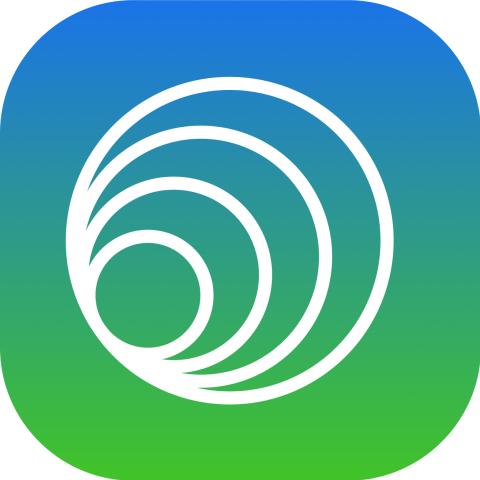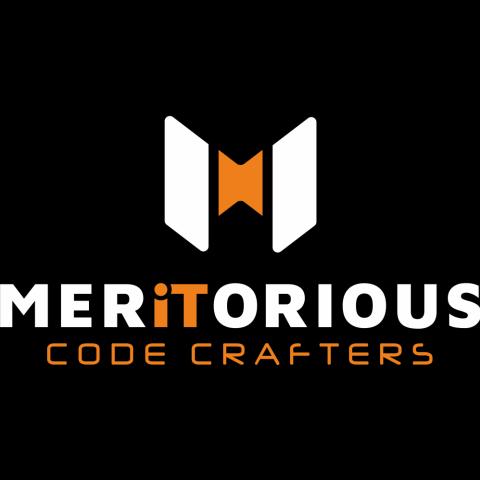Introduction
In the swiftly changing digital age we live in today, businesses need efficient and effective solutions to develop applications that can run smoothly on multiple platforms. Cross-platform development is essential for achieving efficient and cohesive software solutions across different platforms. One tool that stands out in this domain is Flutter development. This article explores how Flutter can save you time and money while delivering high-quality cross-platform apps.
What is Cross-Platform Development?
Cross-platform development refers to creating software applications that can run on multiple operating systems with a single codebase. This approach offers several benefits:
Cost Efficiency: Developing a unified codebase is more cost-effective than building separate ones for each platform.
Time efficiency: Faster development and deployment processes.
Consistency: Uniform user experience across different devices.
However, traditional methods of cross-platform development come with challenges like performance issues and limited access to native features. Flutter addresses these problems effectively.
Introduction to Flutter
Flutter, created by Google, is an open-source UI toolkit that enables developers to create native applications for mobile, web, and desktop using a single codebase. Key features include:
Fast development: With its hot reload feature, developers can instantly see changes in the code.
Expressive and flexible UI: A rich set of customizable widgets.
Native performance: High performance on both iOS and Android platforms.
Why Choose Flutter for Cross-Platform Development?
Single Codebase for Multiple Platforms
One of the primary advantages of using Flutter is that it allows you to write code once and deploy it across multiple platforms. This method significantly minimizes the time and effort required for the development.
Fast Development Process
Flutter’s hot reload feature enables developers to make changes to the code and see the results immediately, speeding up the development process and reducing downtime.
Cost-Effectiveness of Flutter Development
Reduction in Development Time and Cost
By leveraging a single codebase for multiple platforms, Flutter reduces the overall development time and cost. This advantage is especially valuable for startups and small businesses with tight budgets.
Lower Maintenance Costs
With Flutter, maintenance is more straightforward since updates and bug fixes need to be applied only once, rather than separately for each platform. This translates into substantial long-term savings.
Reusable Code
Flutter’s reusable code feature means that the same code can be used for different platforms, minimizing redundancy and maximizing efficiency.
High Performance and Reliability
Native Performance
Flutter provides native-like performance, ensuring that your app runs smoothly and efficiently on both iOS and Android platforms.
Consistent User Experience
Flutter's widgets ensure a consistent and high-quality user experience across all platforms, which is crucial for brand consistency and user satisfaction.
Rich Set of Widgets and Customization
Flutter offers an extensive library of pre-designed widgets, allowing developers to create visually appealing and highly functional user interfaces. These widgets are easily customizable to match the unique needs of your business.
Strong Community Support and Documentation
Flutter boasts a dynamic and active developer community that provides extensive resources, tutorials, and support. This community-driven approach ensures continuous improvement and comprehensive documentation.
Examples of Successful Apps Built with Flutter
Numerous successful apps have been built with Flutter, showcasing its versatility and robustness.
Integrating with Existing Systems
Flutter integrates seamlessly with existing systems and tools, making it easier for businesses to adopt and implement without overhauling their current infrastructure.
Scalability for Future Growth
As your business expands, the requirements placed on your application will also increase. Flutter’s scalable architecture allows your app to adapt to increasing user demands and functionalities, ensuring long-term success.
Conclusion
In conclusion, Flutter offers a cost-effective, efficient, and reliable solution for cross-platform development. Its ability to reduce development time and costs, combined with high performance and strong community support, makes it an ideal choice for businesses looking to build robust and scalable applications. By choosing Flutter, you can ensure a seamless and successful digital presence across multiple platforms.
FAQs
What makes Flutter unique for cross-platform development?
Flutter provides a single codebase for multiple platforms, a hot reload feature, and native-like performance, making it stand out among other cross-platform tools.
How does Flutter save time and money?
Flutter allows developers to write code once and deploy it across multiple platforms, significantly cutting down both development time and expenses.
Can Flutter handle complex app requirements?
Yes, Flutter is highly customizable and scalable, making it capable of handling complex app requirements and functionalities.
Is Flutter suitable for large-scale applications?
Absolutely. Flutter is designed to be scalable and can support large-scale applications with high traffic and intricate functionalities.
How can I start with Flutter development?
To start with Flutter development, you can visit the official Flutter website for documentation, tutorials, and resources. Engaging with the Flutter community can also provide critical insights and support.















